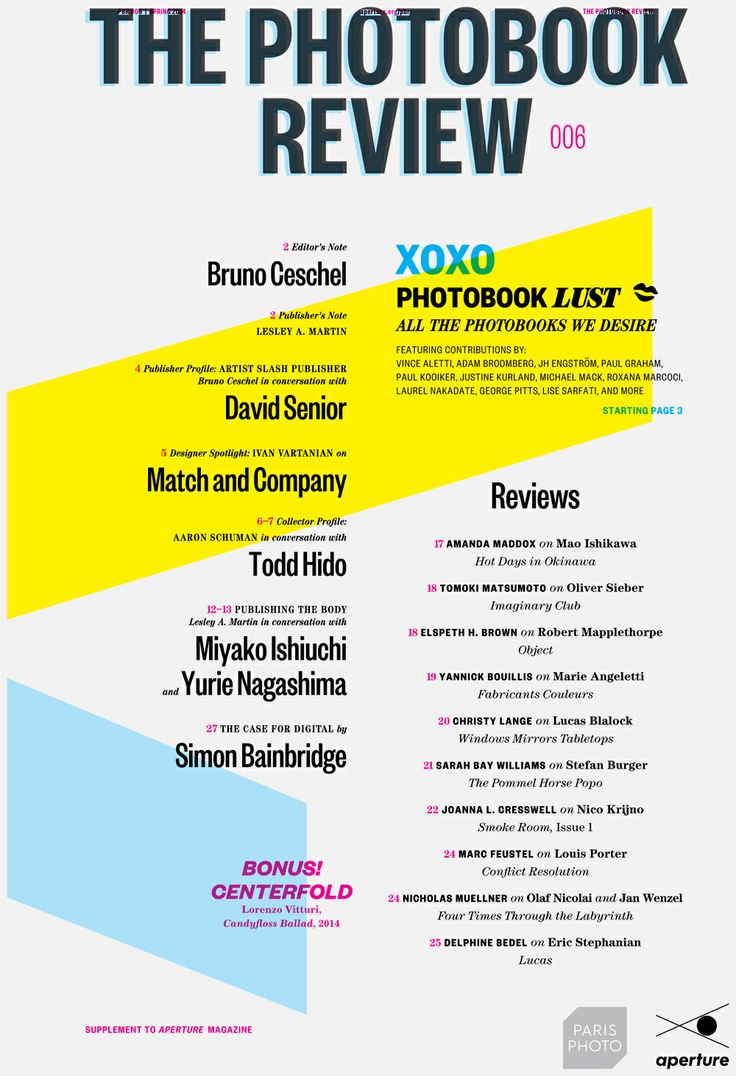Review of Louis Porter, Conflict Resolution
The PhotoBook Review, Issue 006, Spring 2014
At first glance, Louis Porter’s Conflict Resolution could be a technical manual for aid workers entering a conflict zone. But Porter’s conflicts are of a very different kind. He describes his subjects as the “perforations” of daily urban life: the tiny, familiar disruptions which so often go unnoticed. This collection acts like a photographic translation of the broken-windows theory of urban decay. However, although Porter compiles a long list of visual evidence to support this thesis, he struggles to weave it together into a compelling story.
Porter began to constitute his Small Conflict Archive in 2004, while working on a project about suburban Melbourne, by collecting objects that seemed to “resonate with a sense of disquiet.” Over time it has developed into “a collection of fragments, markers, and traces of minor conflict.” Porter, who moved to Melbourne in 2001, uses his adopted city as an archetype for today’s increasingly homogenous urban topography, focusing on the details which he sees as proof of a broader malaise that is becoming accepted as normal.
The book is designed and structured like a product catalog, with two main sections and multiple subsections for each object or form of conflict they contain. This dual structure mirrors Porter’s practice; he describes himself as “more of a collector and archivist than a photographer,” saying, “If I can’t put it in my bag, I’ll take a picture of it.” Each image in the book is given a specific catalog number, as if to label it as forensic evidence of the conflict that is unfolding.
“Photographs,” the first section of the book, is made up of details from the urban landscape which Porter identifies as signs of minor conflict: Suburban Swastikas, Crap Paint Jobs, Emergency Assembly Points, and the more mysterious Rupture and Repair and Signs of a Struggle. These pictures act like a purposefully pointed finger, the subject caught squarely in the center of the frame, highlighted by Porter’s flash as if to underline its importance. There is a deliberate artlessness to these images, setting aside compositional concerns in order to focus on the content. There is a deadpan humor too (Porter is British, after all), as with the Crap Paint Jobs, laughably halfhearted attempts at dissimulation that succeed only in drawing attention to what they are designed to hide, or in the Emergency Assembly Points, located in a bush or behind a fence.
Louis Porter, Conflict Resolution
In the second section of the book, devoted to “Objects,” this blunt descriptiveness is heightened, with each object photographed against a neutral studio background. These things, from Paper Aeroplanes to Dismembered Teddies, add a second layer of visual evidence to Porter’s conflict thesis. The sections are differentiated by brightly colored paper stocks (orange for Photographs, teal for Objects), a device which felt a little heavy-handed and somewhat at odds with the book’s stripped-down, straightforward design.
While there are many fascinating details in the Small Conflict Archive, Conflict Resolution left me feeling a little unsatisfied, its visual-shopping-list structure failing to coalesce into a coherent whole. Perhaps a less typological approach may have helped to bring the archive to life and give the book a greater sense of rhythm. Porter is acutely sensitive to the signs and symbols of the city, a kind of ubiquitous fine print laden with meaning that goes routinely unread, but his book ultimately offers more recognition than it does resolution.
By Marc Feustel

